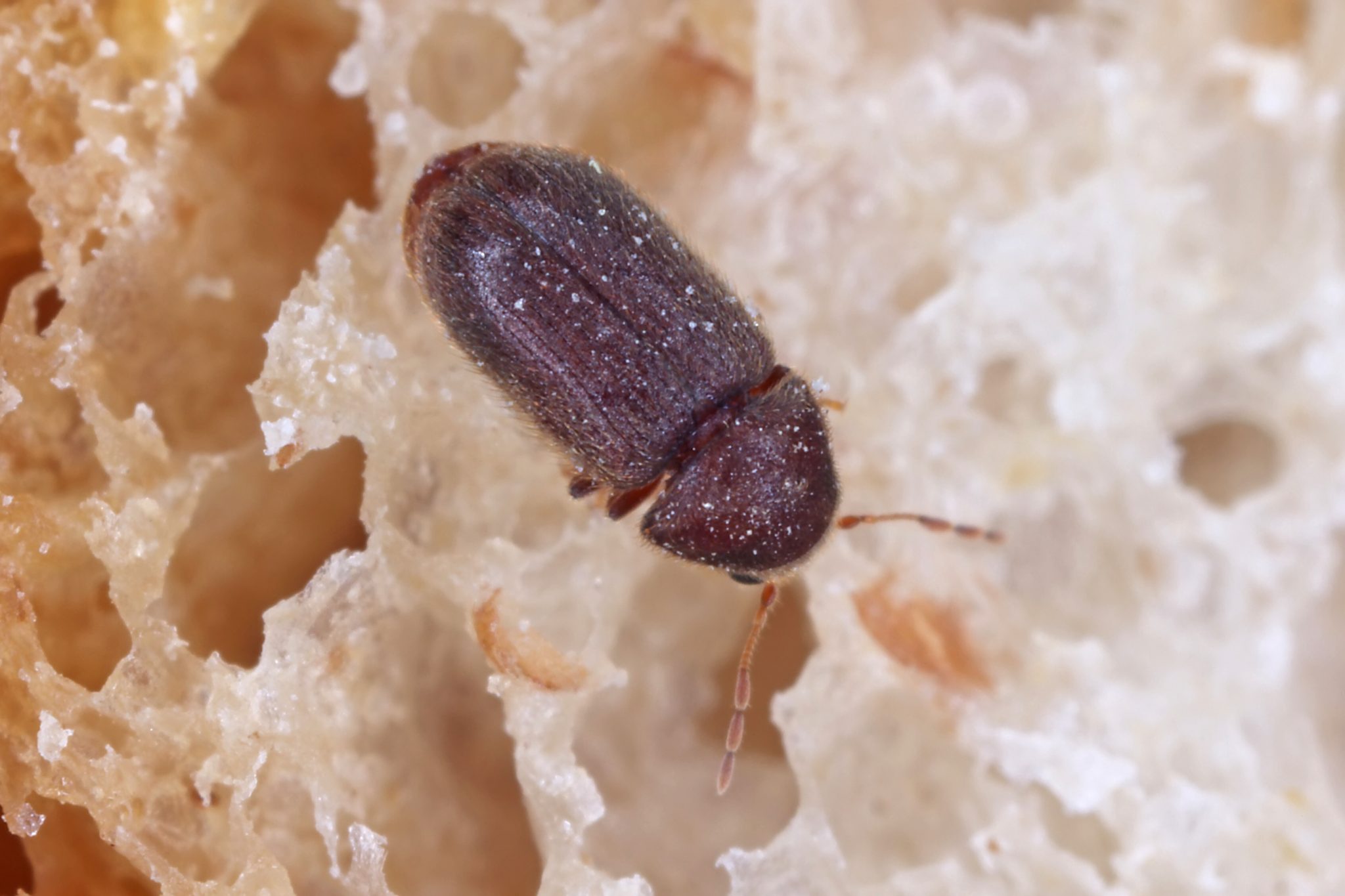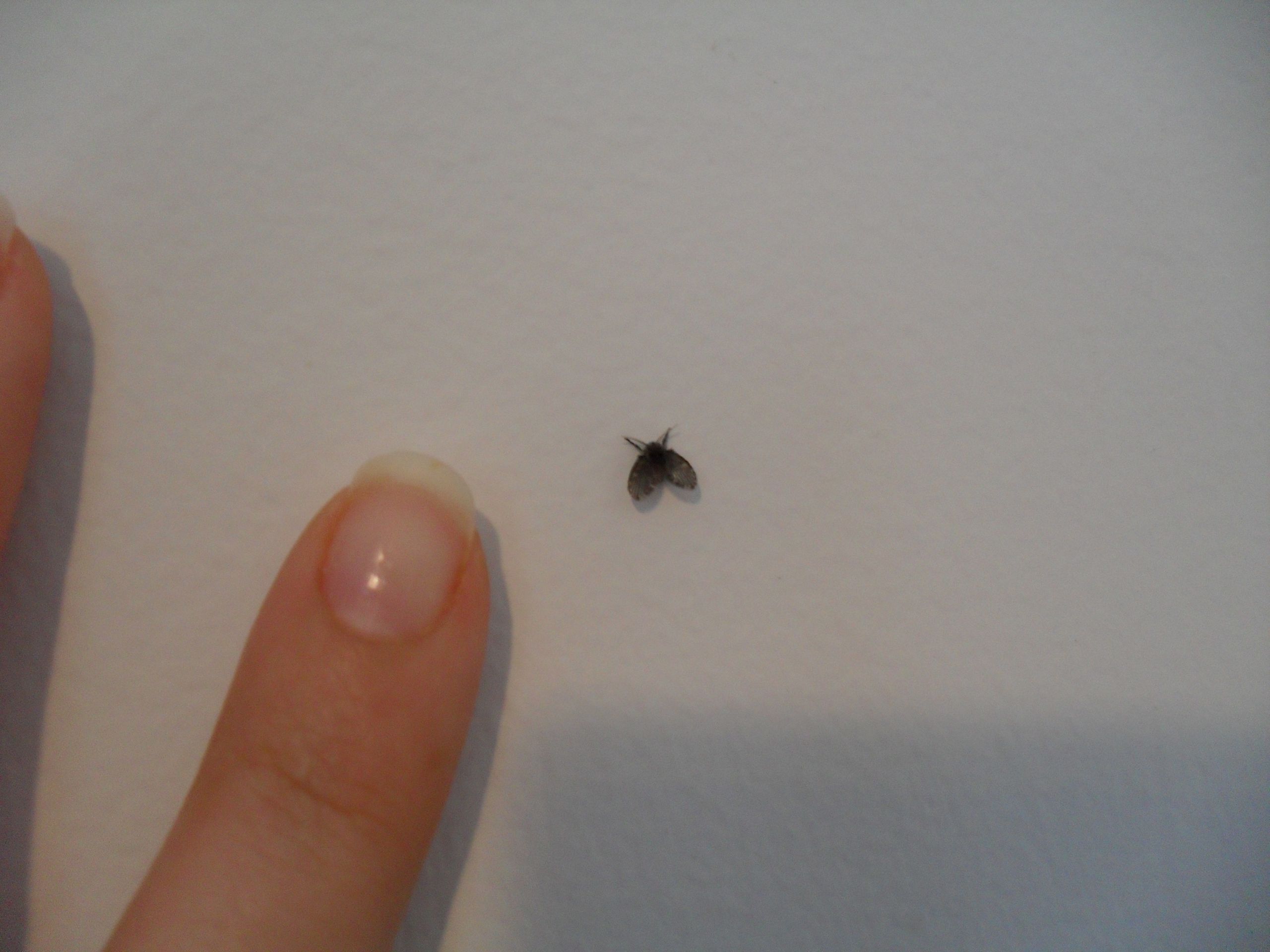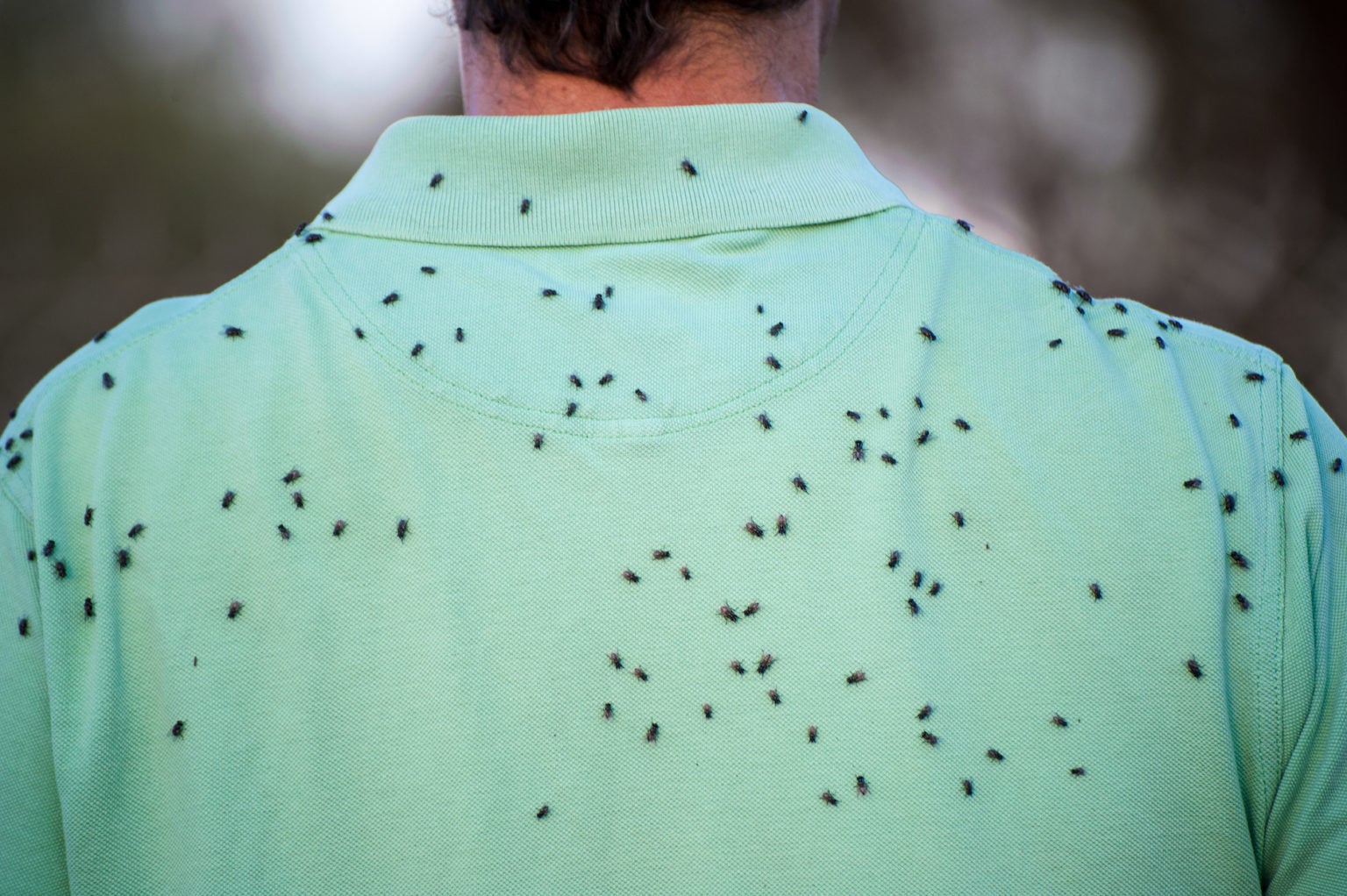Identifying the Little Red Flies

Little red flies, often found in bathrooms, can be a nuisance and raise concerns about hygiene. Understanding their identity is crucial for effective control measures. These flies, commonly referred to as drain flies or moth flies, are small, delicate insects with distinctive features.
Physical Characteristics
Drain flies are typically 1/8 to 1/4 inch long, with slender bodies and hairy wings. Their most prominent characteristic is their reddish-brown to dark brown color, often with a tinge of gray. Their wings are held roof-like over their bodies when at rest.
Common Names and Scientific Classification
These flies are known by various names, including drain flies, moth flies, and sewer flies. Their scientific classification places them in the family Psychodidae, which includes a wide range of small, hairy flies.
Typical Behavior, Little red flies in bathroom
Drain flies are commonly found in damp, humid environments, particularly in bathrooms, kitchens, and basements. They are attracted to decaying organic matter, such as sewage, drains, and garbage. Their flight patterns are typically short and erratic, often hovering near drains or other moist surfaces.
Understanding the Source of the Flies: Little Red Flies In Bathroom

Little red flies, often referred to as drain flies or moth flies, are attracted to moist environments and organic matter. Their presence in your bathroom can be a sign of an underlying issue that needs to be addressed. Understanding where these flies breed can help you effectively eliminate them and prevent future infestations.
Factors Contributing to Fly Presence
The presence of little red flies in your bathroom is often influenced by a combination of factors, including:
* Moisture: These flies thrive in damp environments. Bathrooms, with their frequent exposure to water, are ideal breeding grounds.
* Organic Matter: Little red flies feed on decaying organic matter, such as mold, mildew, and even hair and skin cells.
* Temperature: Warm temperatures, typically found in bathrooms, accelerate the breeding process.
Common Breeding Grounds
Here are some common sources of little red flies in bathrooms:
* Drains: Drains, particularly those rarely used or poorly maintained, are a primary breeding ground. The accumulation of organic matter and moisture in these areas provides an ideal environment for fly larvae to develop.
* Garbage Disposals: Garbage disposals, if not cleaned regularly, can harbor decaying food particles, creating a breeding ground for flies.
* Wet Towels: Leaving damp towels on the floor or in a hamper can attract flies, as they can feed on the moisture and organic matter in the towels.
* Showerheads: Showerheads that are not cleaned regularly can accumulate mineral deposits and organic matter, providing a breeding ground for flies.
* Toilet Tanks: Toilet tanks, especially those with leaks or drips, can create a moist environment that attracts flies.
Effective Solutions for Control

Once you’ve identified the source of the little red flies and understood their lifecycle, you can take steps to eliminate them and prevent their return. There are a variety of methods, from simple home remedies to professional pest control services, that can be effective in controlling these pesky insects.
Home Remedies for Eliminating Little Red Flies
Home remedies offer a cost-effective and environmentally friendly approach to dealing with little red flies. These methods are particularly effective for small infestations or as a preventative measure.
- Vinegar Trap: Mix equal parts apple cider vinegar and dish soap in a shallow dish. The vinegar attracts the flies, while the soap prevents them from escaping. Place the trap near areas where the flies are active.
- Fruit Fly Trap: Use a small container with a funnel-shaped opening. Place overripe fruit or a mixture of fruit and water in the container. The flies will be attracted to the fruit and enter the container, but they won’t be able to escape.
- Essential Oil Spray: Mix a few drops of essential oils like peppermint, lavender, or eucalyptus with water in a spray bottle. Spray the mixture around areas where the flies are active. The strong scent will deter the flies and help to mask any odors that might be attracting them.
DIY Traps for Little Red Flies
DIY traps offer a simple and effective way to catch and eliminate little red flies. These traps can be made using common household materials.
- Paper Towel Trap: Moisten a paper towel with a mixture of water and apple cider vinegar. Roll the paper towel up and place it in a plastic bag or container. The flies will be attracted to the moisture and become trapped inside.
- Plastic Bottle Trap: Cut the top off a plastic bottle and invert it, placing it inside the bottle. Add a mixture of fruit, water, and a few drops of dish soap to the bottom of the bottle. The flies will be attracted to the mixture and enter the bottle, but they won’t be able to escape.
Professional Pest Control Methods
For more severe infestations, professional pest control services can offer effective solutions. These services use specialized equipment and chemicals to eliminate the flies and prevent their return.
- Insecticides: Professional pest control technicians can apply insecticides to areas where the flies are active. Insecticides can kill the flies on contact or by disrupting their nervous system. However, it’s important to use insecticides cautiously and follow the manufacturer’s instructions to avoid harming pets or children.
- Fogging: Fogging involves releasing a fine mist of insecticide into the air. This method can be effective for treating large areas and reaching hard-to-reach places. However, it’s important to evacuate the area during fogging and to allow the insecticide to settle before re-entering.
